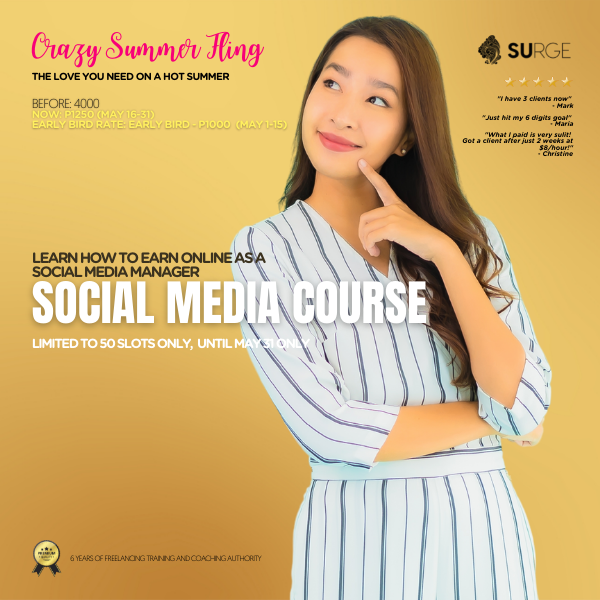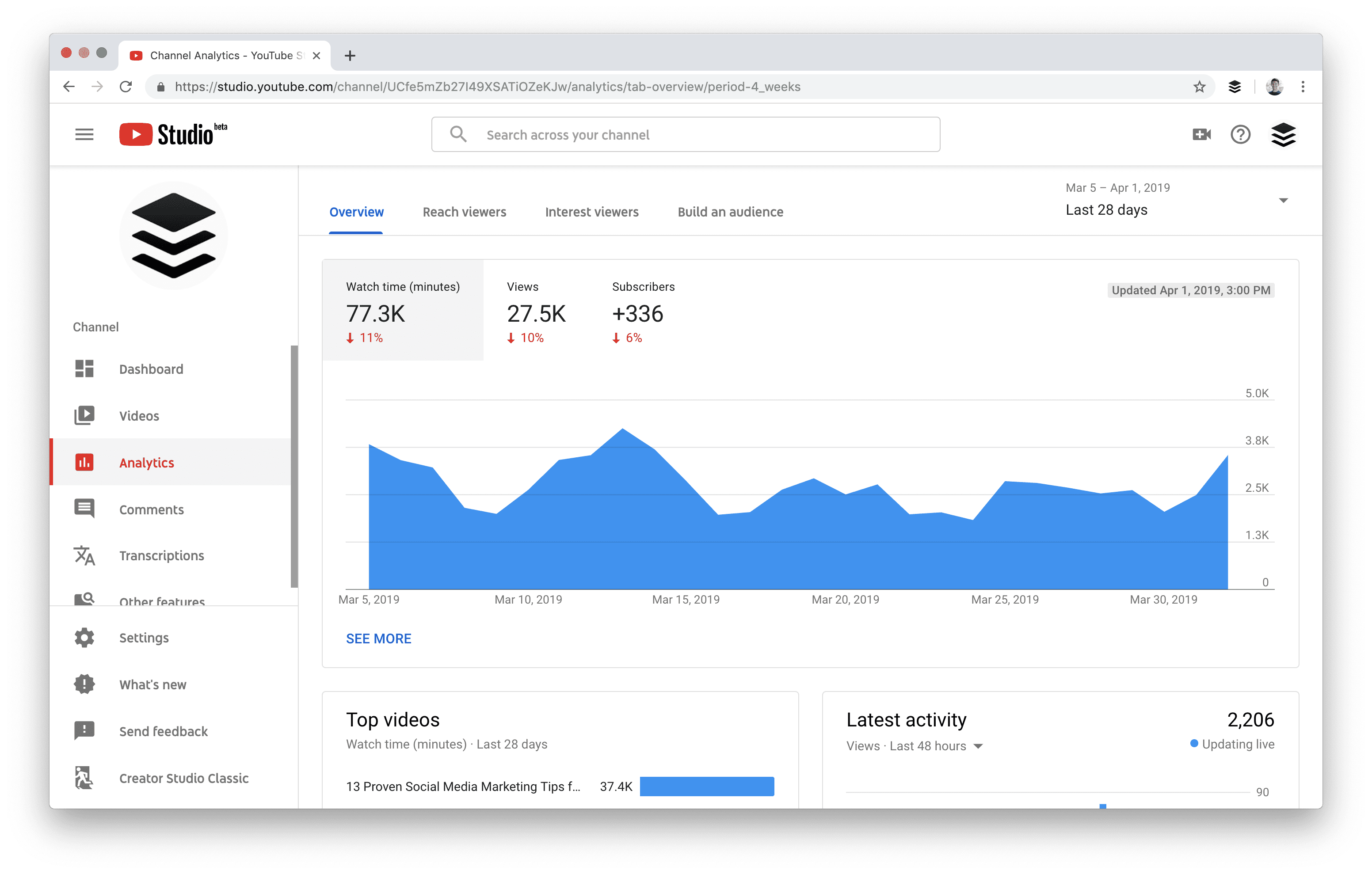
The Sprout Social Indicator measures the influence of public Twitter accounts and Facebook profiles on consumers. This index is refreshed every six months. It's a useful tool for marketers, provided you are aware of any changes in the social media landscape. However, how do you find out which pages have the biggest influence on consumers? These are some tips to help you get the most out of the index. Continue reading to learn more. This article looks at some of the proprietary technologies of Sprout, how they calculate response rates and what the research shows.
Sprout's proprietary technologies
Smart Inbox from Sprout makes it easy to manage social communications and engage with customers. It facilitates communication across all networks as well as devices, including mobile. Its reporting tools offer valuable insight into social media management. The platform provides powerful collaboration and content management tools for teams, including built-in message approvals. Sprout's integrated social index allows you to monitor and measure social media activity.
The average response time has increased almost 12% year-over-year, even though it has seen a slight decrease in response time. Engagement calculations and response time were not applied to messages that aren't urgent or require attention. To identify messages that require attention, the company uses proprietary technologies. The company's social indicator also tracks the response rate to each message. This indicator is key to a company’s performance on social media.
Sprout's response rate calculations
Sprout uses a number factors to calculate its response rate. First, the number of responses. Sprout will count every response as one if it receives more than 1000 responses in a given time period. You can also see how many replies were received in a given time period if you don't think that's enough. Sprout would also consider a 1000 replies per day a good response.

Sprout's survey of 1,000 consumers
Sprout social recently released some surprising findings in a recent study. Brands are trying to be relevant and cool in social media, but some behaviors that they claim to be cool can actually make consumers turn away. For example, consumers find it annoying when brands trash talk competitors, make fun of customers, or use slang. The entertainment industry has the lowest response rate. Brands must remain relevant in today's competitive marketplace by maintaining a personal connection to consumers.
A strong trend for consumers is organic and non GMO foods. More than half of those polled plan to increase purchases of ABF or gluten-free products. This suggests that natural sellers have been providing these products for years. Two-thirds of shoppers would like to see their favorite retailers provide more information about non GMO products through signage or special sections. This trend is expected to continue in 2011.
Sprout analyses public Facebook data and Facebook profiles
Sprout's social listening module lets you analyze your social media conversations and uncover trends. The social listening tool surfaces a massive amount of data and analyses sentiment to reveal actionable insights. Using this feature, you can benchmark your social media efforts against competitors. You can use the insights to motivate you to keep your campaigns going or to make improvements to existing ones. Sprout's social listening and Facebook competitors reports allow you to monitor competitor activity.
Sprout Social uses 50,000 Facebook profile and Twitter data to analyze social media. This data is not limited to any specific domain and can be interpreted in many ways. It can be used to schedule posts in advance and provide immediate analytics. Analyzing Facebook profiles data can help you decide what posts to make. It can help you find out which posts have the most engagement and which ones haven't.

FAQ
What are the 7 steps to content marketing?
The seven-step process of content marketing involves:
-
Identify the problem
-
Discover what's working today
-
New ideas are possible
-
Use them to create strategies
-
These are the best!
-
You can measure the results
-
Continue the process until you find a solution.
This strategy is practical for both large and small businesses.
What is one of the main goals of content marketing?
Content marketing provides valuable and relevant information to customers. This can be achieved through various channels, such as email campaigns and white papers. It is important to provide value to your target audience.
How is content marketing different from traditional advertising?
Content marketing is different. Traditional advertising focuses only on getting attention. Traditional advertising is often a waste because most people ignore them. You'll get much better engagement rates with content marketing.
Do I need an agency for Content Marketing?
No! There are many online tools to help you create high-quality content. Agencies tend to charge higher prices for their services.
Statistics
- Out of the 1,500 marketers we surveyed for our State of Content Marketing report, 78% who felt their content marketing strategy was exceptionally effective in 2021 had documented their strategy. (semrush.com)
- This marketing strategy landed Ford a 15.4% conversion rate. (neilpatel.com)
- According to the Content Marketing Institute, 70% of B2B marketers and 86% of B2C marketers surveyed use content marketing in some form or other. (criteo.com)
- Content marketing produces 3X more leads per dollar spent. Content marketing costs 62% less than traditional marketing. (criteo.com)
- According to our research, brand awareness, attracting traffic, and generating leads remain the key content marketing goals in 2022. (semrush.com)
- According to our research, 65% of companies with very successful content marketing in 2021 ran content audits at least twice a year. (semrush.com)
- According to research compiled by Coschedule: Companies that publish 16+ blog posts a month get as much as 3.5x as much traffic as those that publish 0-4 posts a month. (criteo.com)
- Seventy-two percent business to business (B2B) (mailchimp.com)
External Links
How To
How to create amazing images
Images are a great way to make your content standout from others. Images are a great way to communicate ideas visually. They are great at grabbing attention and increasing engagement. They help convey complex concepts simply and effectively, and they're also useful for highlighting key points in any kind of written content (e.g., blog posts, social media updates, etc. ).
When used well, images can add life to a piece of writing or presentation, making it come alive and engaging. It is possible to get less striking results if your images are not chosen correctly. This article will offer some helpful tips for selecting the best images to use for your next project.
-
Find out what makes an image appealing. When choosing which photos to use, there are many things that you need to remember before you even start looking at them. First, make sure you choose clear and concise images. It won't work if the photo is too cluttered. A simple, clean image will grab more attention. Avoid images that have people not smiling or staring directly into the camera. This is because it gives the impression that whatever you say isn't very interesting. It is important that your image does not distract from the main message you are trying convey. If it draws too much attention away from the content, then it's probably not ideal.
-
Look for inspiration. Once you have a list, it's time for you to start looking through them to find the ones that are most appealing. First, take a look at the captions. These may be written separately or included by some photographers. It doesn't matter what, you need to verify that the caption is engaging enough to read. Pay attention to what the photo is referring to. Is it somewhere where you might expect to find people having fun? Or maybe it's a place that looks like it could be dangerous. Maybe you associate it with sadness. Whatever the reason for your liking the image, think about how it relates with the message you wish to convey.
-
Check out different types and sizes of images. You can highlight specific aspects of your text by using images. This is one of the greatest benefits of images. A picture of a product may be useful if your article is about it. A similar image could be used to illustrate the information in an infographic. Visual aids such as these can help readers connect with your information.
-
The right file format is important. When choosing images, the first thing to do is to choose the right file format. There are two file types that you can choose from when working on web pages: JPEG or GIF. Both are great file formats, but each has its pros and cons. JPEG files are suitable for any sort of media, including websites and social media posts. They are particularly useful for photos as they allow you to store large files in a very small area. However, they tend to lose quality over time, meaning they become pixelated after a few years. GIFs can be used for graphics and animation because they are smaller than JPEGs. GIFs don't allow transparency which makes them unsuitable for photo editing.
-
You can also include other visuals. You might consider adding other visuals to your content. Because it creates a distraction-free space for your readers, this can greatly improve the effectiveness of your article. This makes them less likely to abandon your site after reading your article. You can create infographics on your website to add more visuals. Infographics are popular because they allow you to quickly and easily share lots useful information. You can also add them to your blog posts because they often contain lots of images.